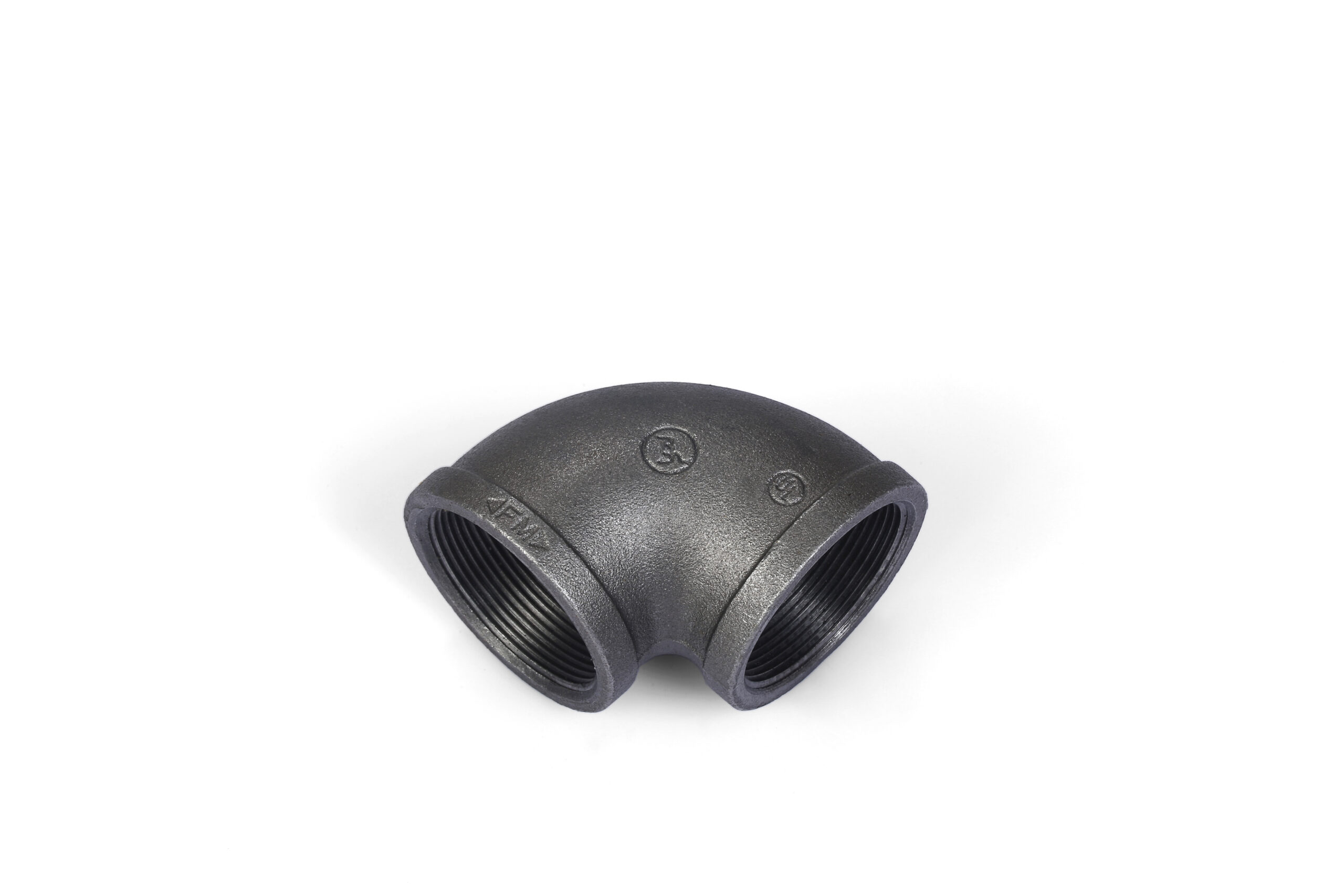Selecting the right type of pipe fitting for your plumbing system can be crucial to ensuring that it functions safely and efficiently.
Here are some factors to consider when choosing the right type of pipe fitting:
Material: The material of the pipe and fitting should match to ensure compatibility and prevent corrosion. Common materials for pipe fittings include PVC, copper, brass, stainless steel, and cast iron.
Size: The size of the pipe and fitting should match to ensure a tight and secure connection. Pipe sizes are measured by the inside diameter (ID) or outside diameter (OD), depending on the type of pipe.
Pressure rating: The pressure rating of the fitting should match the pressure rating of the pipe to ensure that it can withstand the pressure of the fluid or gas being transported.
Temperature rating: The temperature rating of the fitting should match the temperature of the fluid or gas being transported to prevent damage or failure.
Application: Consider the specific application of the plumbing system and choose the appropriate fitting for that application. 90 degree angle pipe For example, a compression fitting may be used for a water supply line, while a flange fitting may be used for a gas line.
Installation: Consider the ease of installation and maintenance of the fitting. Some fittings, such as compression fittings, are easy to install and require no special tools, while others, such as soldered fittings, require specialized equipment and expertise.
Cost: Consider the cost of the fitting and whether it fits within your budget. Cheaper fittings may be available, but they may not be as durable or long-lasting as more expensive fittings.
By considering these factors, you can choose the right type of pipe fitting for your plumbing system. It’s also a good idea to consult with a licensed plumber or plumbing supplier to ensure that you are choosing the most appropriate fitting for your specific needs.
How do I determine the pressure rating of a pipe fitting?
Determining the pressure rating of a pipe fitting is an important step in selecting the right fitting for your plumbing system.
Here are the steps to determine the pressure rating of a pipe fitting:
Find the fitting’s material: The pressure rating of a fitting depends on the material it’s made of. Common materials for pipe fittings include PVC, copper, brass, stainless steel, and cast iron.
Look for the manufacturer’s markings: Most pipe fittings have markings on them that indicate their pressure rating. Look for markings such as “PSI” (pounds per square inch) or “PN” (pressure nominal) followed by a number.
Check the fitting’s documentation: If the fitting does not have markings or if they are unclear, check the documentation that came with the fitting. The documentation should provide the fitting’s pressure rating.
Use a pressure rating chart: If you are unable to find markings or documentation for the fitting, you can use a pressure rating chart to determine its pressure rating. These charts provide pressure ratings for different types of fittings based on their material, size, and application.
Consult with a licensed plumber: If you are unsure about the pressure rating of a fitting or if you need help selecting the right fitting for your plumbing system, consult with a licensed plumber. They can help you ensure that you are choosing the most appropriate fitting for your specific needs.
It’s important to choose a fitting with a pressure rating that matches or exceeds the maximum pressure of your plumbing system. This will help ensure that the fitting can withstand the pressure of the fluid or gas being transported and prevent leaks or other failures in the system.
